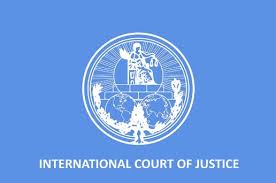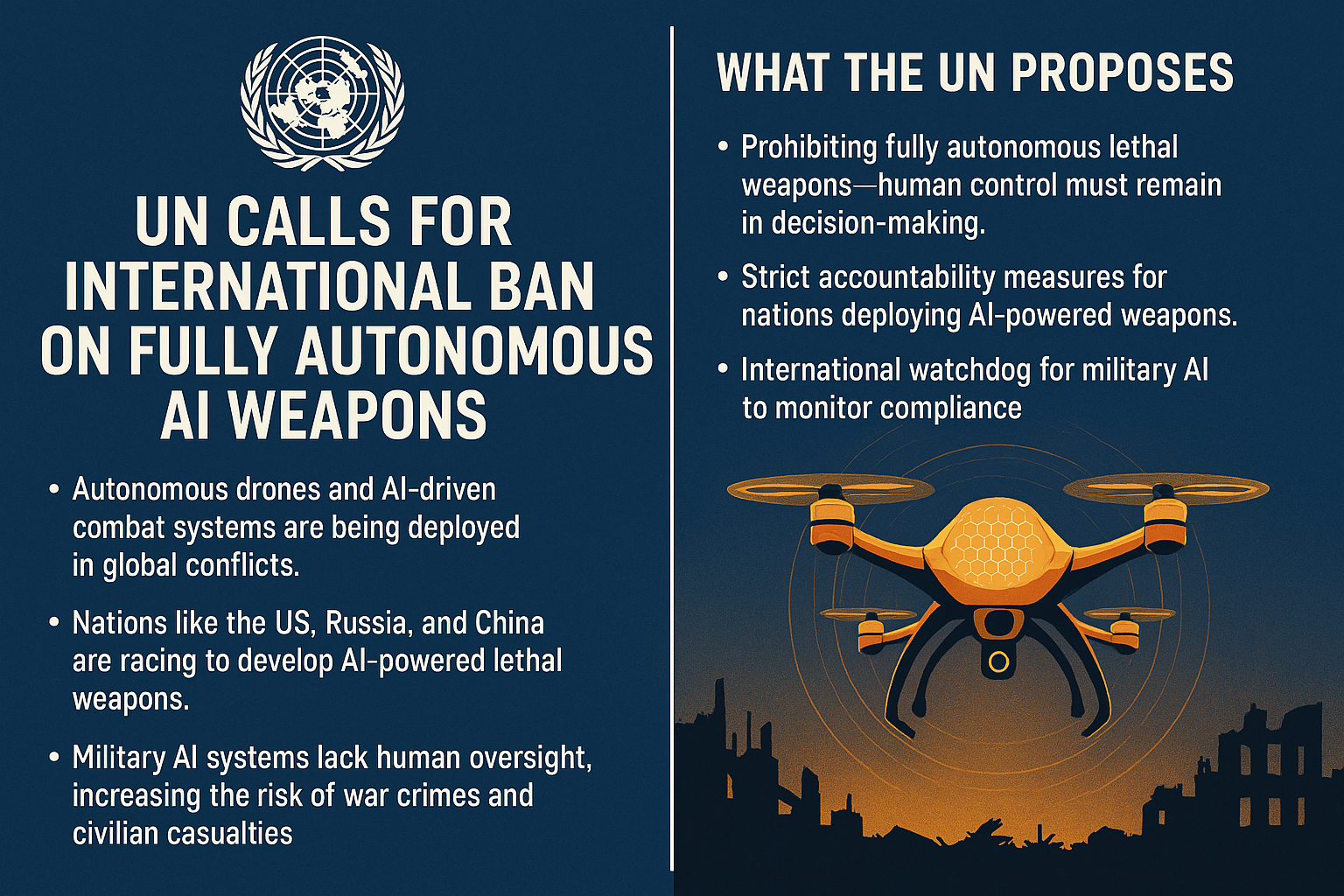An Analysis on Principle of Jus Cogens vis-a-vis Treaty Law
An Analysis on Principle of Jus Cogens vis-à-vis Treaty Law
Introduction
In international law, jus cogens norms represent the highest level of legal principles—peremptory norms from which no derogation is permitted. Treaty law, governed mainly by the Vienna Convention on the Law of Treaties (VCLT, 1969), sets the framework for how states create, interpret, and terminate treaties. However, conflicts can arise when treaties contradict jus cogens norms.
This analysis examines the concept of jus cogens, its legal status, and how it interacts with treaty law, particularly in situations where treaty provisions are incompatible with these peremptory norms.
Understanding Jus Cogens
Jus cogens (Latin for "compelling law") refers to fundamental principles of international law that are universally recognized as non-derogable. Examples include:
Prohibition of genocide
Prohibition of torture
Prohibition of slavery
Prohibition of aggression
The right to self-determination
These norms reflect the core values of the international community and serve as a legal foundation for maintaining order and human dignity.
Treaty Law and the Vienna Convention
The Vienna Convention on the Law of Treaties (1969) codifies rules about the making, interpretation, and termination of treaties between states.
Treaties are binding agreements between states.
States have the freedom to enter treaties, subject to limitations.
Treaties must be interpreted in good faith according to their text and context.
Interaction Between Jus Cogens and Treaty Law
Article 53 of the VCLT addresses the relationship between jus cogens and treaties:
“A treaty is void if, at the time of its conclusion, it conflicts with a peremptory norm of general international law.”
This means that:
Supremacy of Jus Cogens: If a treaty conflicts with a jus cogens norm, it is invalid from the outset.
No Derogation: States cannot modify or exempt themselves from jus cogens norms through treaties.
Termination or Suspension: Under Article 64 of the VCLT, if a new peremptory norm emerges that conflicts with an existing treaty, that treaty must be terminated or suspended to the extent of the conflict.
Practical Implications and Challenges
1. Identifying Jus Cogens Norms
Although some norms are widely agreed upon, the exact content of jus cogens is sometimes disputed.
States and international bodies may disagree on whether a norm qualifies as jus cogens.
2. Treaties Potentially Conflicting with Jus Cogens
Treaties that permit torture, slavery, or racial discrimination would be void.
Historical treaties endorsing colonialism or apartheid would be invalid under modern jus cogens standards.
3. Resolving Conflicts
Courts and tribunals must assess treaty validity when jus cogens conflicts arise.
This can lead to complex legal debates about the scope and hierarchy of international norms.
4. Stability vs. Supremacy
The principle of pacta sunt servanda (agreements must be kept) is fundamental in treaty law.
However, jus cogens norms take precedence, which may undermine treaty stability.
Balancing these principles is a key challenge in international law.
Case Examples
Nicaragua v. United States (ICJ, 1986): The ICJ emphasized the peremptory nature of the prohibition against the use of force, a jus cogens norm, which invalidated certain U.S. actions despite treaty claims.
Barcelona Traction (ICJ, 1970): The ICJ touched on fundamental principles of international law with regard to treaties and obligations.
The abolition of slavery treaties illustrate how later international law rendered earlier permissive arrangements invalid.
Conclusion
The principle of jus cogens acts as a legal safeguard, ensuring that certain fundamental values remain inviolable in international law. Treaty law operates within this framework but cannot override or legitimize violations of peremptory norms. Article 53 of the Vienna Convention enshrines this supremacy, ensuring treaties conflicting with jus cogens are void.
This dynamic creates a legal hierarchy where jus cogens norms serve as a cornerstone for international order and justice, while treaty law governs state agreements within those bounds. The challenge remains in clearly identifying jus cogens norms and managing conflicts without undermining the stability and predictability of international treaties.


























0 comments